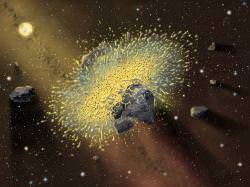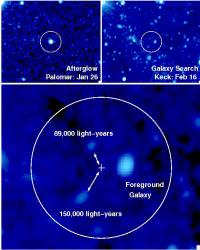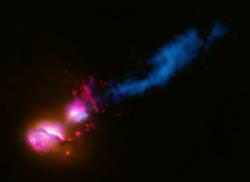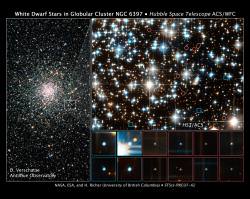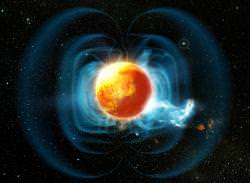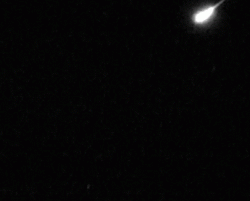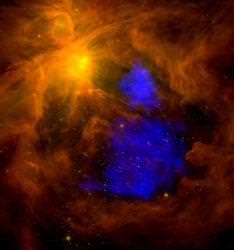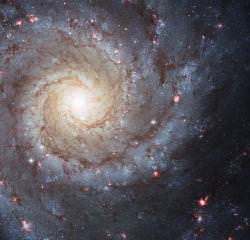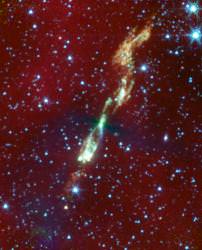The evening of December 13th and dawn December 14th of will bring one of the most hauntingly beautiful and mysterious displays of celestial fireworks all year – the Geminid meteor shower crowned by Mars.
The Geminid meteor shower was first noted in 1862 by Robert P. Greg in England, and B. V. Marsh and Prof. Alex C. Twining of the United States in independent studies. The annual appearance of the Geminid stream was weak initially, producing no more than a few per hour, but it has grown in intensity during the last century and a half. By 1877, astronomers had realized this was a new annual shower – producing about 14 meteors per hour. At the turn of the last century, the rate had increased to over 20; and by the 1930s, up to 70 per hour. Only ten years ago observers recorded an outstanding 110 per hour during a moonless night… And the Moon on this night will soon set leaving brilliant Mars to lead the way!
So why are the Geminids such a mystery? Most meteor showers are historic – documented and recorded for hundreds of years – and we know them as originating with cometary debris. But when astronomers began looking for the Geminids’ parent comet, they found none. It wasn’t until October 11, 1983 that Simon Green and John K. Davies, using data from NASA’s Infrared Astronomical Satellite, detected an object (confirmed the next night by Charles Kowal) that matched the orbit of the Geminid meteoroid stream. But this was no comet, it was an asteroid – in fact, a 14th magnitude asteroid which is passing Earth tonight from a distance of less than 18 million kilometers! Now considered a Potential Hazardous Asteroid (PHA), 3200 Phaeton comes within 3.2 million kilometers of Earth’s orbit about every 17 months. You can locate Phaeton on the night of the 13/14th about 02:00:00 UT using this finderchart!
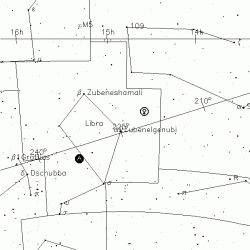
Originally designated as 1983 TB, but later renamed 3200 Phaethon, this apparently rocky solar system member has a highly elliptical orbit that places it within 0.15 AU of the Sun during every solar system tour. But asteroids can’t fragment like a comet – or can they? The original hypothesis was that since Phaethon’s orbit passes through the asteroid belt, it may have collided with one or more asteroids, creating rocky debris. This sounded good, but the more we studied the more we realized the meteoroid “path” occurred when Phaethon neared the Sun. So now our asteroid is behaving like a comet, yet it doesn’t develop a tail.
So what exactly is this “thing?” Well, we do know that 5.1 kilometer diameter Phaethon orbits like a comet, yet has the spectral signature of an asteroid. By studying photographs of the meteor showers, scientists have determined that the meteors are denser than cometary material, yet not as dense as asteroid fragments. This leads them to believe Phaethon is probably an extinct comet which has gathered a thick layer of interplanetary dust during its travels, yet retains the ice-like nucleus. Until we are able to take physical samples of this “mystery,” we may never fully understand what Phaethon is, but we can fully appreciate the annual display it produces!
Thanks to the wide path of the stream, folks the world over get an opportunity to enjoy the show of the Geminids and Mars. The traditional peak time is tonight as soon as the constellation of Gemini appears, around mid-evening. The radiant for the shower is near the bright star Castor – less than a handspan northeast of Mars – but meteors can originate from many points in the sky. From around 2 AM tonight until dawn (when our local sky window is aimed directly into the stream) it is possible to see about one “shooting star” every 30 seconds. The most successful of observing nights are ones where you are comfortable, so be sure to use a reclining chair or pad on the ground while looking up… And dress warmly! Please get away from light sources when possible – it will triple the amount of meteors you see. Enjoy the incredible and mysterious Geminids and Mars!
Written By: Tammy Plotner

